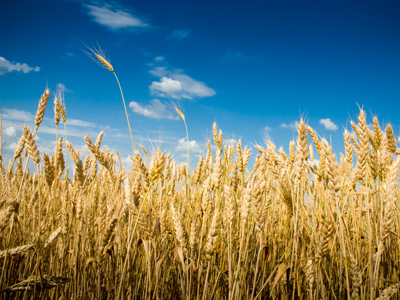
Russia: 1924-1941 - The Collectivisation Of Agriculture
This World History quiz is called 'Russia: 1924-1941 - The Collectivisation Of Agriculture' and it has been written by teachers to help you if you are studying the subject at senior high school. Playing educational quizzes is one of the most efficienct ways to learn if you are in the 11th or 12th grade - aged 16 to 18.
It costs only $12.50 per month to play this quiz and over 3,500 others that help you with your school work. You can subscribe on the page at Join Us
Stalin decided that he would have to forcibly nationalize agriculture and food production in Russia, in order to feed the huge population, and to carry out Marx's ideas on state control and social equality. This process became one of Stalin's main achievements - the collectivisation of his country's agriculture.
Ready for more?
not all...
quizzers. Try to win a coveted spot on our Hall of Fame Page.







